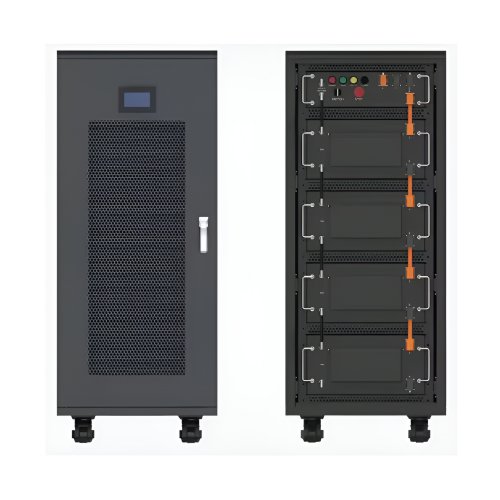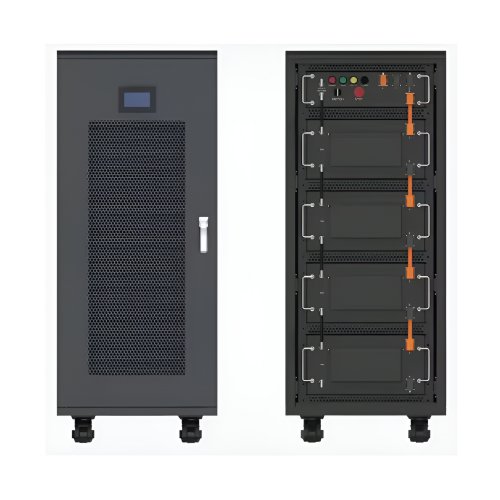Advances In Sustainability: Integrating Technology, Policy, And Circular Economy Paradigms
Sustainability science has evolved from a niche interdisciplinary field into a central framework for addressing global challenges such as climate change, resource depletion, and social inequality. Recent advances highlight a transformative shift from siloed environmental studies to integrated systems approaches, leveraging technological innovation, policy reform, and circular economy principles to foster resilience and equitable development.
Technological Innovations Driving Efficiency and Decarbonization A critical area of progress is the rapid acceleration of renewable energy technologies. Solar photovoltaic (PV) efficiency has seen remarkable improvements, with perovskite-silicon tandem cells now achieving recorded efficiencies exceeding 33% (Al-Ashouri et al., 2020), moving closer to theoretical limits. Concurrently, the levelized cost of energy (LCOE) from renewables continues to fall, making them the most economically viable option for new power capacity in most regions. Beyond generation, advancements in energy storage are pivotal for grid stability. Breakthroughs in solid-state batteries, utilizing sulfide-based electrolytes, promise higher energy density and improved safety, which are essential for scaling up electric vehicles and stationary storage (Janek & Zeier, 2023).
Carbon capture, utilization, and storage (CCUS) technologies are also transitioning from pilot projects to commercial deployment. Direct air capture (DAC) systems, such as those developed by Climeworks, are now operating at megaton-scale facilities. Recent research focuses on reducing the energy intensity of adsorption processes through novel metal-organic frameworks (MOFs) that exhibit higher selectivity and capacity for CO₂ under ambient conditions (Yaghi et al., 2023). Additionally, the conversion of captured carbon into valuable products—like sustainable aviation fuels via catalytic hydrogenation—is creating economic incentives for emission reduction.
The Circular Economy: From Waste to Resource The linear "take-make-dispose" model is increasingly being replaced by circular economy frameworks that design out waste and maximize resource efficiency. Significant progress has been made in chemical recycling of plastics. Enzymatic recycling, for instance, uses engineered enzymes to break down polyethylene terephthalate (PET) into its monomers with high efficiency, enabling infinite recycling without quality loss (Lu et al., 2022). This technology is now being commercialized by companies such as Carbios.
In agriculture, the integration of precision farming and circular principles is enhancing sustainability. IoT-enabled sensors monitor soil health in real time, allowing for optimized water and fertilizer use, thus reducing runoff and nitrous oxide emissions. Moreover, the valorization of agricultural waste into biochar—a stable form of carbon that sequesters CO₂ and improves soil fertility—exemplifies a closed-loop system (Lehmann & Joseph, 2023). Research indicates that global application of biochar could offset up to 12% of anthropogenic carbon emissions annually.
Policy and Behavioral Interplays Technological solutions alone are insufficient without supportive policies and societal engagement. Recent studies emphasize the importance of policy integration. The European Green Deal, for example, combines carbon pricing, renewable energy mandates, and a circular economy action plan into a cohesive strategy, demonstrating the potential of policy packages to drive systemic change (European Commission, 2023). Similarly, carbon border adjustment mechanisms (CBAMs) are being designed to prevent carbon leakage and encourage global alignment on emission standards.
Behavioral science is also contributing to sustainability advances. Nudging strategies, such as default options for green energy or feedback on resource consumption, have proven effective in reducing household carbon footprints. A meta-analysis by Nielsen et al. (2021) found that behavioral interventions can achieve emission reductions of 5-10% in the energy and transport sectors when applied at scale.
Future Outlook and Challenges The trajectory of sustainability research points toward greater integration of digitalization, biotechnology, and social science. Artificial intelligence is poised to optimize energy systems, predict climate impacts, and enhance material discovery. For instance, AI-driven smart grids can balance supply and demand in real time, integrating distributed renewable sources efficiently.
However, significant challenges remain. The scalability of nascent technologies like DAC and green hydrogen depends on continued investment and infrastructure development. Moreover, addressing the "just transition" is critical; sustainability strategies must ensure that costs and benefits are equitably distributed to avoid exacerbating social inequalities. International cooperation, as underscored by the IPCC (2023) synthesis report, remains essential for knowledge sharing, technology transfer, and financing mitigation and adaptation efforts in developing regions.
In conclusion, the latest advances in sustainability reflect a holistic and interdisciplinary approach, combining cutting-edge technology with innovative policy and circular design. While obstacles persist, the integration of these elements offers a pathway toward a resilient and equitable future.
References Al-Ashouri, A., et al. (2020). Monolithic perovskite/silicon tandem solar cell with >29% efficiency.Science, 370(6522), 1300-1309. European Commission. (2023).The European Green Deal: Striving to be the first climate-neutral continent. IPCC. (2023).Climate Change 2023: Synthesis Report. Geneva. Janek, J., & Zeier, W. G. (2023). A solid future for battery development.Nature Energy, 8(2), 230-241. Lehmann, J., & Joseph, S. (2023).Biochar for Environmental Management: Science, Technology and Implementation. Routledge. Lu, H., et al. (2022). Enzymatic degradation of polyethylene terephthalate.Nature Reviews Materials, 7(1), 1-21. Nielsen, K. S., et al. (2021). The role of behavioral science in climate change mitigation.Nature Climate Change, 11, 1-9. Yaghi, O. M., et al. (2023). Metal-organic frameworks for carbon capture.Nature Reviews Materials, 8(4), 250-265.
Customized/OEM/ODM Service
HomSolar Supports Lifepo4 battery pack customization/OEM/ODM service, welcome to contact us and tell us your needs.


HomSolar: Your One-stop LiFePO4 Battery Pack & ESS Solution Manufacturer
Our line of LiFePO4 (LFP) batteries offer a solution to demanding applications that require a lighter weight, longer life, and higher capacity battery. Features include advanced battery management systems (BMS), Bluetooth® communication and active intelligent monitoring.

Customised Lithium Iron Phosphate Battery Casing
ABS plastic housing, aluminium housing, stainless steel housing and iron housing are available, and can also be designed and customised according to your needs.

HomSolar Smart BMS
Intelligent Battery Management System for HomSolar Energy Storage System. Bluetooth, temperature sensor, LCD display, CAN interface, UART interface also available.


Terminals & Plugs Can Be Customized
A wide range of terminals and plugs can be customised to suit the application needs of your battery products.

Well-designed Solutions for Energy Storage Systems
We will design the perfect energy storage system solution according to your needs, so that you can easily solve the specific industry applications of battery products.



About Our Battery Cells
Our energy storage system products use brand new grade A LiFePO4 cells with a battery lifespan of more than 4,000 charge/discharge cycles.



Applications in Different Industries
We supply customized & OEM battery pack, assemble cells with wiring, fuse and plastic cover, all the cell wires connected to PCB plug or built BMS.
Applications: E-bike, Electric Scooter, Golf Carts, RV, Electric Wheelchair, Electric Tools, Robot Cleaner, Robot Sweeper, Solar Energy Storage System, Emergency Light, Solar Power Light, Medical Equipment, UPS Backup Power Supply.
We can provide you with customized services. We have the ability to provide a vertical supply chain, from single cells to pack/module and to a complete power solution with BMS, etc.


HomSolar (Shenzhen) Technology Co., Ltd
























